This article was medically reviewed by Erik Kramer, DO, MPH and by wikiHow staff writer, Amber Crain. Dr. Erik Kramer is a Board-Certified Primary Care Physician at the University of Colorado. With over 15 years of experience, his clinical interests include obesity and weight management, diabetes care, and preventive care, as well as embracing a holistic approach to primary care. He received his Doctorate in Osteopathic Medicine (D.O.) from the Touro University Nevada College of Osteopathic Medicine and completed his residency at Central Maine Medical Center. Dr. Kramer is a Diplomate of the American Board of Obesity Medicine.
There are 9 references cited in this article, which can be found at the bottom of the page.
This article has been viewed 43,346 times.
Tympanograms grade the middle ear function of your patients and appear in a graph format that can take a bit of practice to read! To interpret tympanometry tests, you'll mainly look at the peak of the graph. Tympanogram results are categorized as either a Type A, Type B, or Type C. Type A results are considered normal. Type B results are considered abnormal (or "flat") and often mean the patient has fluid in the middle ear. Type C results may be caused by a blockage or retraction of the eardrum, which causes significant negative pressure in the middle ear. Patients with Type C results should be monitored and may need medical attention of some kind.[1]
Steps
Identifying the Data and Measurements
-
1Look for an L or R at the top right to identify the eardrum tested. Tympanograms show results for 1 eardrum at a time. Check the top right corner of the chart for either an L or an R. L indicates results for the left eardrum and R indicates results for the right eardrum.[2]
-
2Locate the vertical y axis to find the compliance of the eardrum. The vertical scale on the left side of the graph is the y axis and measures the compliance of the eardrum in centimeters cubed (cm3). The chart starts at the bottom with 0 and goes to 1.8 at the top in 0.3 increments (0, 0.3, 0.6, 0.9, 1.2, 1.5, 1.8).[3]
- Compliance is the flexibility of the eardrum when different air pressures are introduced. The level of flexibility indicates how effectively sound is transmitted into the middle ear.
Advertisement -
3Find the horizontal x axis that represents air pressure. The horizontal bottom line of the graph charts air pressure of the eardrum measured in millimeters (ml) of H20. The increments start at -400 on the left aside and increase by 100 to reach +200 on the far-right side.[4]
-
4Locate the separate vertical line on the top right side to find the ECV. ECV stands for Ear Canal Volume. Your chart may have a separate vertical line on the right side of the graph that measures ECV in centimeters cubed (cm3). If it doesn’t, look for an ECV result printed at the bottom.[5]
- Results will be in decimal format and range from 0.2 to 2.5 cm3.
Interpreting Normal Type A Results
-
1Identify a Type A tracing by an evenly shaped peak on the graph. A Type A tracing is considered to be a normal result and no medical attention is required. A Type A tracing always looks like a single peak with equal sides on the chart. There are 3 categories that fall within the normal Type A range: Type A, Type AD, and Type AS.[6]
- Normal results always have a single sharp peak. Double peaks indicate scarring of the eardrum. The patient should repeat the test to confirm this. Rounded peaks also indicate patients should retake the test.[7]
-
2Read a tent-shaped peak that begins at -200 and peaks at 0.9 as normal. A normal Type A result shows a line that begins at -200 on the x axis. It should peak at 0.9 on the y axis and dip back down at +200 on the x axis. The line looks like a single, tent-shaped peak with equal sides on the right quadrant of the chart. It suggests normal middle ear functioning. To summarize:[8]
- A normal Admittance/Compliance (y axis) reading: 0.3 to 1.6 cm3.
- A normal Middle Ear Pressure (x axis) reading: +50 to -50 daPa.
- A normal Ear Canal Volume (ECV) reading: 0.6 to 2.5 cm3.
-
3Interpret a short peak as a Type AS low compliance reading. Type AS results suggest low compliancy and may result when a patient has fluid, scarring, or ossicular fixation in the middle ear that partially decreases mobility. Type AS results might range as follows:[9]
- A peak that falls between +100 and -100 daPa.
- A Compliance (y axis) reading under 0.3 ml.
- ECV of up to 0.4 cm3.[10]
-
4Read a high peak height as a Type AD high compliancy reading. High peak complacency results usually mean the patient has an overly mobile tympanic membrane. This could be caused by disarticulation with bony structures of the middle ear, a loss of elasticity, or it could suggest a tympanic membrane that has healed over a perforation. Type AD results might range as follows:[11]
- A peak that falls between +100 and -100 daPa.
- A Compliance (y axis) reading over 1.5 ml.
- ECV of up to 1.6 cm3.[12]
Interpreting Abnormal Type B and Type C Results
-
1Look for a low, flat line to identify abnormal Type B results. Normal Type A readings show a peak on the graph. Type B tracings look like flat lines with no identifiable peaks. The flat line will appear low on the graph, closer to the horizontal x axis. These are considered abnormal results that require medical attention. Typically, it means there is fluid inside of the middle ear space.[13]
- Regular Type B results will show a normal ear canal volume (ECV).
- Other possible causes of Type B results: stiffness of the eardrum (from scarring), tympanosclerosis (the formation of dense connective tissue around the auditory ossicles), cholesteatoma, or middle ear tumor.[14]
Tip: When it comes to the efficacy and usefulness of tympanograms, Type B results are considered by some experts to be the only definite abnormal result.
-
2Interpret a high, flat line as an abnormal Type B High result. Like the regular Type B results, Type B High will have no identifiable peak. Instead of occurring low on the chart, the line will occur high on the chart. These results are considered abnormal and may be caused by a middle ear perforation or patent grommet.[15]
- Ear canal volume (ECV) will exceed 1.5 cm3.
- Type B High is sometimes referred to as Type B Large.[16]
-
3Interpret a low peak that shifts unevenly in the left quadrant as Type C. Type C results are considered to be borderline normal. Usually, no immediate medical attention is required, but the patient should be monitored for any changes. Type C results suggest Eustachian Tube dysfunction, which typically occurs just before or after effusion.[17]
- Type C results will show a peak below -100 daPa.
- Compliance (y axis) reading from 0.3-1.5 ml.
Tip: In some cases, a Type C curve may be caused by an upper respiratory infection that impairs the Eustachian tubes. Because of this, a Type C result is not enough to diagnose a middle ear problem on its own, but it can be useful alongside other diagnostic tests and a review of the symptoms.
References
- ↑ https://medicine.uiowa.edu/iowaprotocols/how-read-audiogram
- ↑ https://www.pediatrics.wisc.edu/education/acute-otitis-media/tympanometry/
- ↑ https://www.asha.org/policy/rp1988-00027/
- ↑ https://www.asha.org/policy/rp1988-00027/
- ↑ https://www.aafp.org/afp/2004/1101/p1713.html
- ↑ https://journals.sagepub.com/doi/pdf/10.1177/014556130708601116
- ↑ http://www.thebsa.org.uk/wp-content/uploads/2014/04/BSA_RP_Tymp_Final_21Aug13_Final.pdf
- ↑ https://www.health.state.mn.us/docs/people/childrenyouth/ctc/hearingscreen/tympmanual.pdf
- ↑ https://www.aafp.org/afp/2004/1101/p1713.html
- ↑ https://thehearingconsultancy.ie/tympanometry/
- ↑ https://www.aafp.org/afp/2004/1101/p1713.html
- ↑ https://thehearingconsultancy.ie/tympanometry/
- ↑ https://www.asha.org/policy/rp1988-00027/
- ↑ https://www.aafp.org/afp/2004/1101/p1713.html
- ↑ https://www.asha.org/policy/rp1988-00027/
- ↑ https://thehearingconsultancy.ie/tympanometry/
- ↑ https://www.uptodate.com/contents/image?imageKey=PEDS%2F67750




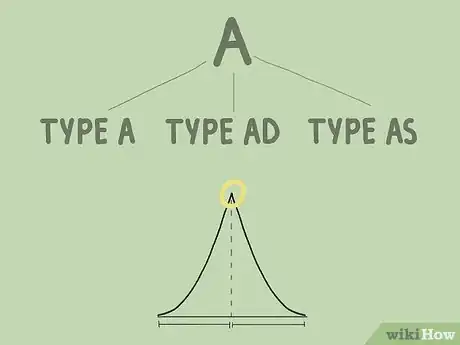

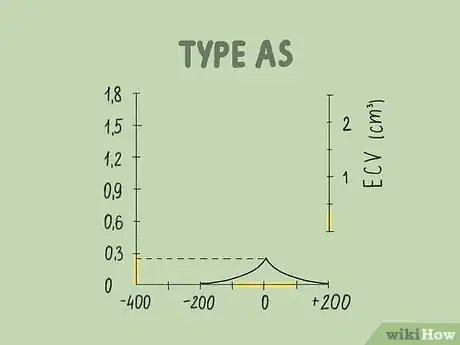

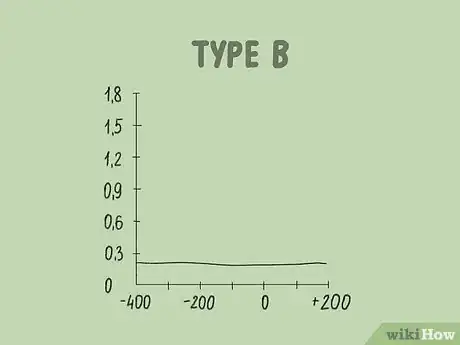
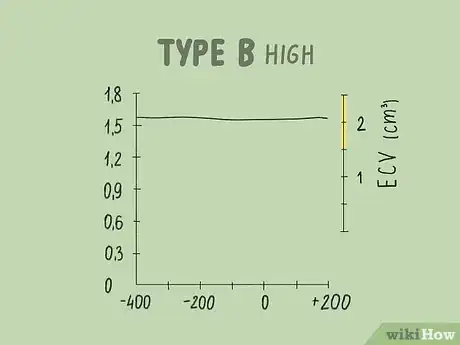
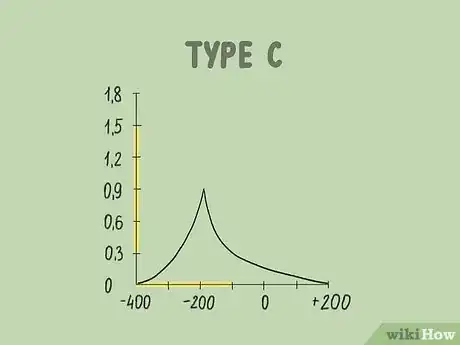









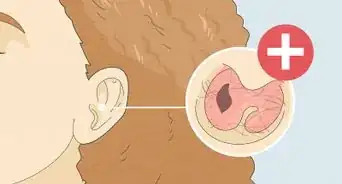













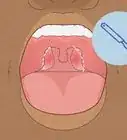




































Medical Disclaimer
The content of this article is not intended to be a substitute for professional medical advice, examination, diagnosis, or treatment. You should always contact your doctor or other qualified healthcare professional before starting, changing, or stopping any kind of health treatment.
Read More...